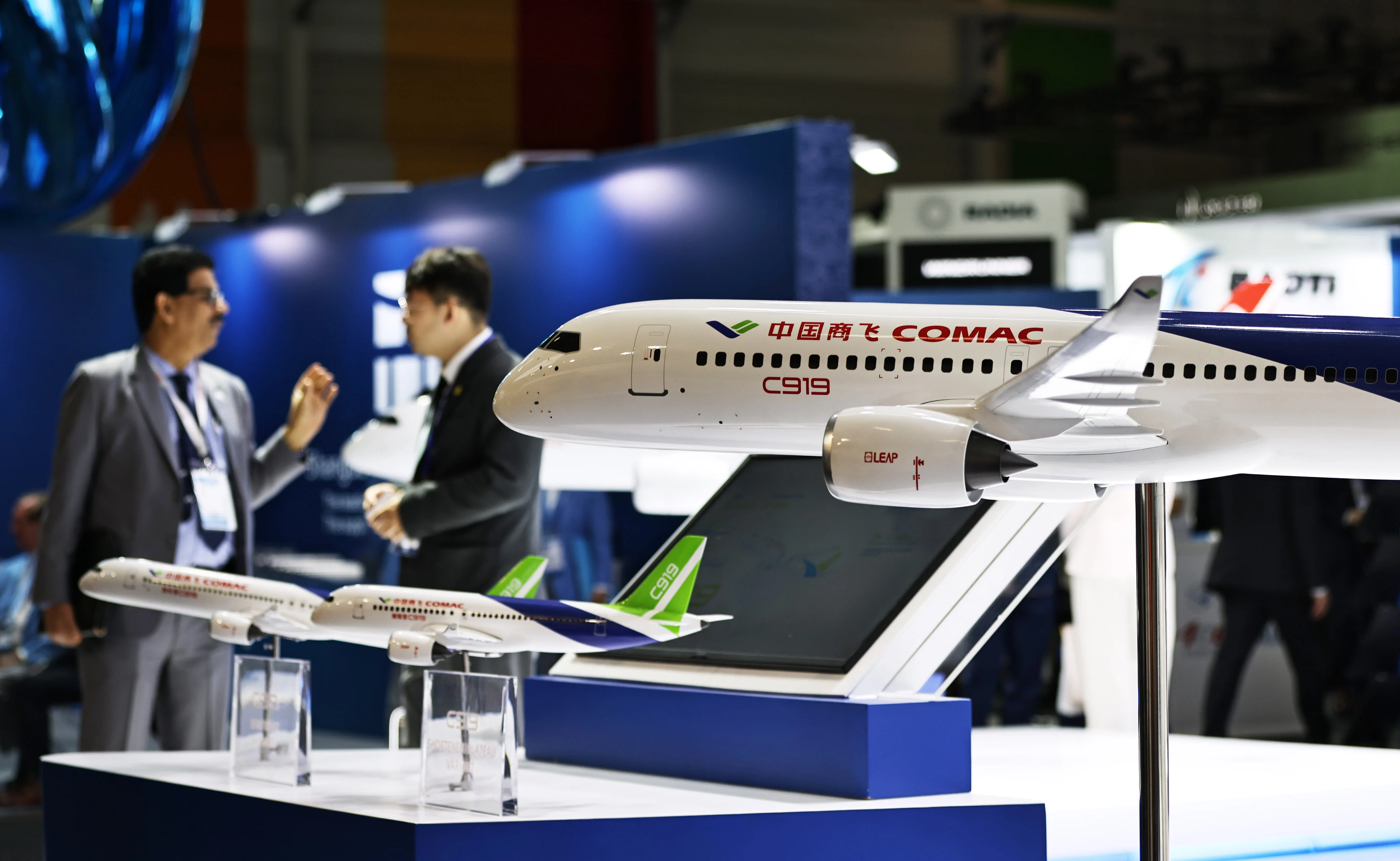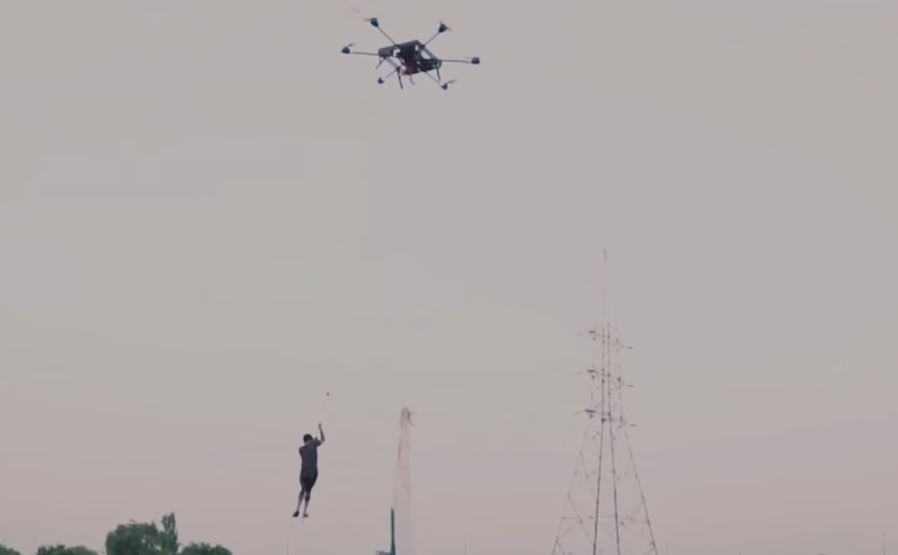By Ralph Jennings
Copyright scmp

China plans to help dozens of countries develop their civil aviation capabilities through the Air Silk Road – a campaign that could, in turn, promote its home-grown aircraft and boost trade with nations from Central Asia to Europe.
In the next phase of the eight-year-old initiative, Beijing would step up cooperation on aircraft leasing and civil aviation equipment manufacturing with some of the 150 countries taking part in the Belt and Road Initiative (BRI), the government said in a report.
At a time of strained ties with the United States, the report also called for the development of international air route networks and express air traffic corridors with some trading partners.
“China’s civil aviation sector prioritises enhancing air route network connectivity with countries taking part in the Belt and Road Initiative, supporting the launch of new international passenger and cargo routes as well as increasing flight frequencies,” the report’s authors said.
Most of China’s BRI partners are in Central Asia, the Middle East, Africa and Eastern Europe.
The Civil Aviation Administration of China and the National Development and Reform Commission released the 77-page Chinese-English bilingual “Development Report on the Air Silk Road” in August.
As part of the initiative, Laos and Vietnam began leasing C909 regional jets from the Shanghai-based Commercial Aircraft Corporation of China (Comac) this year – a milestone in Beijing’s effort to break the global duopoly of plane makers Airbus and Boeing.
By April, the C909 had accumulated more than 8,100 safe flight hours in Indonesia alone, carrying more than 270,000 passengers, according to the report.
Comac was forecast to deliver 145 of its larger narrowbody C919 jets in 2030, up from 50 expected in 2025, according to a forecast by the IBA Group, an aviation intelligence company. Despite growing outreach, the aircraft – similar in specifications to the Airbus A321 or Boeing 737 – lacked buyers or certification outside China.
“If you look at the countries involved [in the Air Silk Road], you could sell to those in Central Asia and Africa,” said Mayur Patel, Asia head at the OAG aviation intelligence firm.
China also announced that it would work to align its civil aviation rules and standards with those of its partner countries and pledged to assist in training aviation professionals.
Comac was attempting to secure European certification under the 2019 EU-China Bilateral Aviation Safety Agreement, which would reciprocally simplify the approval process for civil aviation vessels. But the European Union’s regulator has indicated the process could take three to six years.
Other possibilities for the Air Silk Road included efforts to enhance cooperation on low-altitude flight safety and air medical rescue capabilities, according to the government report.
China’s domestic low-altitude economy, which includes air taxis and transport drones, was projected to reach 1.5 trillion yuan (US$210.5 billion) this year. A pilotless Chinese electric air taxi made its maiden flight in Africa this month, shortly after buyers in Thailand and the United Arab Emirates agreed to buy similar aircraft from China.
Chinese-built airports have long been part of the 12-year-old Belt and Road Initiative, including last year’s expansion of a facility in Serbia and a concourse expansion at Riyadh Airport in Saudi Arabia – projects worth a combined US$175 million.
Earlier this year, China’s civil aviation agency announced its intention to restore international flight capacity to more than 90 per cent of pre-pandemic levels in 2025.
“The building of the Air Silk Road has always… encouraged more countries and enterprises to participate in BRI cooperation in an in-depth manner and enlarge the common interest pie,” the report’s authors said.



